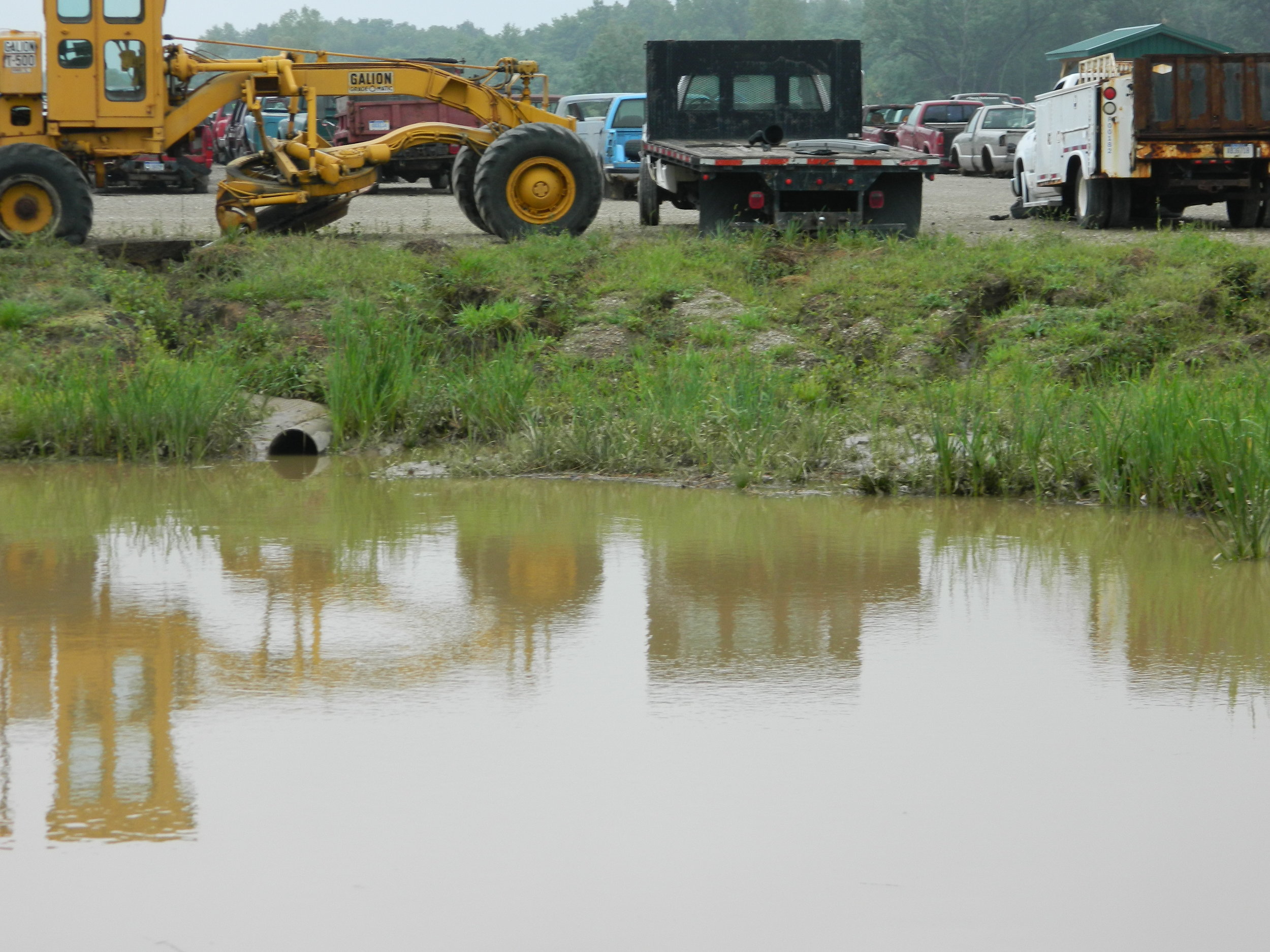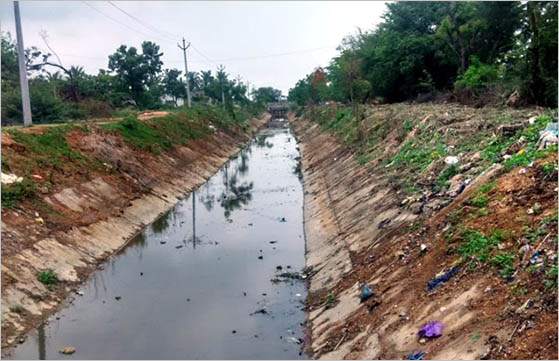Safe and Sustainable Liquid Waste Disposal: Your Go-To Provider
Safe and Sustainable Liquid Waste Disposal: Your Go-To Provider
Blog Article
Just How Fluid Waste Disposal Works: A Thorough Review of Methods and Technologies Used

Review of Fluid Waste Types
The complexity of fluid waste kinds demands a complete understanding of their features and effects for disposal. Fluid waste can generally be categorized into a number of kinds, consisting of industrial, municipal, agricultural, and hazardous waste. Each classification exhibits unique residential or commercial properties, needing details monitoring approaches to mitigate environmental and wellness risks.
Industrial liquid waste originates from producing processes and frequently contains a series of contaminants, such as heavy metals, solvents, and natural substances. Local liquid waste, primarily consisting of wastewater from houses and business establishments, has organic matter, nutrients, and virus (industrial wastewater treatment). Agricultural liquid waste, consisting of runoff from farms, might include plant foods, chemicals, and pet waste, positioning threats to water quality and communities
Harmful fluid waste is defined by its toxicity, reactivity, or possible to trigger harm. Understanding these varied liquid waste types is crucial for developing reliable disposal techniques and guaranteeing compliance with ecological policies.
Physical Treatment Methods

Testing is the first step, where larger bits and debris are gotten rid of from the liquid waste utilizing screens or grates. This procedure shields downstream equipment from damages and makes sure smoother operation. Following screening, sedimentation utilizes gravitational force to separate solids from liquids. In sedimentation storage tanks, much heavier particles clear up at the bottom, developing a sludge layer, while the cleared up fluid can be additional treated.
Filtering is an additional crucial technique that involves passing the liquid through permeable products, such as sand or membrane layers, to catch smaller sized fragments. This step boosts the high quality of the liquid, making it appropriate for succeeding treatment processes.

Chemical Treatment Strategies
Chemical therapy strategies are necessary for properly managing fluid waste, especially in addressing dissolved and colloidal contaminants that physical approaches may not appropriately eliminate. These techniques utilize various chemical representatives to neutralize, speed up, or change hazardous compounds right into much less unsafe types.
One usual technique is coagulation and flocculation, where chemicals such as alum or ferric chloride are included in advertise the aggregation of suspended particles. This process enhances sedimentation, allowing for less complicated elimination of the resulting sludge. Additionally, oxidation processes, using representatives like chlorine or ozone, are utilized to break down complicated organic compounds and virus, rendering the waste more secure for discharge or more therapy.
Neutralization is an additional essential method, which adjusts the pH of acidic or alkaline waste streams to neutral levels, avoiding prospective injury to downstream systems and the setting. Additionally, advanced oxidation procedures (AOPs) make use of mixes of oxidants and ultraviolet light to weaken persistent toxins, achieving a higher degree of treatment efficiency.
Organic Therapy Procedures
Biological therapy processes play an essential function in the management of fluid waste by utilizing microbes to decay natural issue and reduce impurity levels. These processes can be generally categorized into anaerobic and cardiovascular therapies, each employing certain microbial areas to achieve efficient waste degradation.
Cardio therapy includes making use of oxygen to assist in the breakdown of organic materials by microorganisms. This process is generally executed in turned on sludge systems, where aeration tanks offer a helpful atmosphere for microbial growth, bring about the oxidation of organic contaminants. The resultant biomass can be separated from treated effluent with sedimentation.
In contrast, anaerobic therapy occurs in the lack of oxygen, depending on various microorganisms to break down natural issue. This approach is especially advantageous for high-strength waste, as it produces biogas, a renewable resource source, while lowering sludge manufacturing. Technologies such as anaerobic digesters are often utilized in commercial and metropolitan applications.
Both anaerobic and cardiovascular organic treatments not only lessen the ecological effect of fluid waste yet additionally help with source healing, making them essential parts of sustainable waste administration techniques. Their versatility, efficiency, and efficiency support their Look At This extensive implementation across numerous markets.
Arising Technologies in Disposal
Cutting-edge strategies to liquid garbage disposal are swiftly developing, driven by developments in modern technology and a boosting focus on sustainability. Among these emerging modern technologies, membrane bioreactors (MBRs) have actually acquired grip for their capacity to integrate biological therapy with membrane filtration, causing top quality effluent that can be reused in different applications. MBRs enable smaller sized impacts and much more effective operations contrasted to conventional systems.
One more promising growth is making use of anaerobic digestion incorporated with nutrient recovery technologies, which not just deals with fluid waste yet likewise generates biogas and recoups valuable nutrients like nitrogen and phosphorus. This double advantage enhances source efficiency and lowers environmental influence.
Additionally, progressed oxidation processes (AOPs) are being adopted for the deterioration of complex natural toxins. These methods utilize effective oxidants and catalysts to break down contaminants at the molecular degree, providing an extremely efficient service for difficult waste streams.
Furthermore, the assimilation of expert system and artificial intelligence in waste monitoring systems is optimizing functional Recommended Reading performance and anticipating upkeep, leading to reduced costs and enhanced ecological conformity. These technologies show a considerable change Recommended Reading in the direction of more reliable and lasting liquid waste disposal practices.
Verdict
Finally, effective liquid garbage disposal demands an extensive understanding of different strategies and technologies. The integration of physical, chemical, and organic treatment techniques makes sure the reliable administration of diverse waste types. Additionally, the development of ingenious innovations improves treatment effectiveness and advertises sustainability in waste monitoring practices. By constantly progressing these approaches, it ends up being possible to address the growing difficulties related to fluid waste, ultimately adding to ecological protection and source healing.
Fluid waste disposal is a critical aspect of environmental monitoring, requiring a detailed understanding of different methods and technologies customized to various waste types. Liquid waste can broadly be categorized right into numerous kinds, consisting of industrial, metropolitan, agricultural, and hazardous waste. Agricultural liquid waste, including runoff from ranches, may consist of fertilizers, pesticides, and pet waste, posturing threats to water high quality and environments.
Numerous physical treatment methods play a critical duty in managing fluid waste successfully - industrial wastewater treatment.In verdict, effective fluid waste disposal necessitates a thorough understanding of numerous methods and modern technologies
Report this page